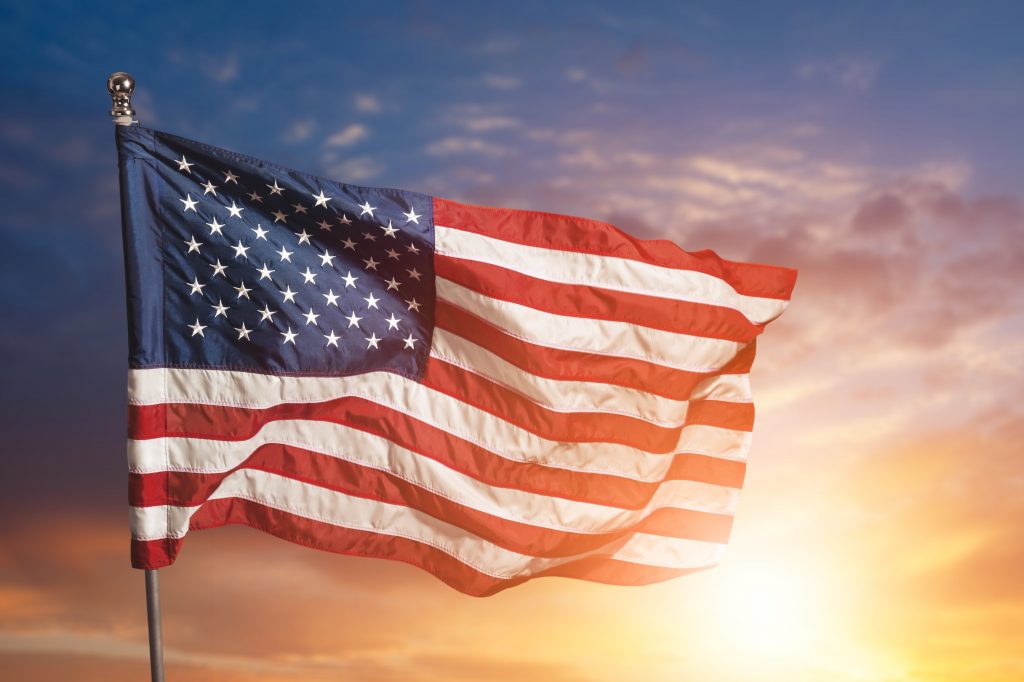
The origins of Labor Day in the United States are deeply rooted in the struggles of 19th-century workers, including many immigrants who sought a better life but found harsh realities. The story of Peter McGuire, an Irish immigrant’s son, is a testament to the birth of this national holiday.
Born into poverty, Peter McGuire began working at age 11, selling papers, shining shoes, and running errands to help support his family after his father enlisted in the Civil War. His experiences mirrored those of thousands of immigrants in New York City, where living conditions were often deplorable and factory work demanded 10 to 12-hour days with little pay. Workers, including children, came to work sick or tired, fearing they would be fired if they didn’t, as thousands of others were waiting to take their place.
As a young man, McGuire began an apprenticeship in a piano shop, a job that offered a trade but still came with long hours and low pay. At night, he attended meetings and classes on economics and social issues, becoming increasingly concerned with the plight of laborers. Workers were growing tired of their low wages and long, uncertain hours, and they began to discuss forming a union to improve their conditions.
In the spring of 1872, Peter McGuire and 100,000 workers went on strike, marching through the streets of New York City to demand a shorter workday. This event solidified McGuire’s belief in the importance of an organized labor movement for securing workers’ rights. He spent the following year speaking to workers and the unemployed, lobbying the city government for jobs and relief money, though his demands were ignored.
McGuire, who became known as a “disturber of the public peace,” found it difficult to find a job in his trade. He began traveling the East Coast to encourage laborers to unionize. In 1881, he moved to St. Louis, Missouri, where he organized carpenters and eventually helped found a national union of carpenters at a convention in Chicago. He was named the General Secretary of the United Brotherhood of Carpenters and Joiners of America.
McGuire’s efforts helped the idea of organizing workers by their trades spread across the country. Factory workers, dock workers, and tool makers began to demand and win rights to an eight-hour workday, job security, and a future in their trades. To honor these efforts, Peter McGuire and other laborers planned a holiday for workers on the first Monday of September, positioned halfway between Independence Day and Thanksgiving.
On September 5, 1882, the first Labor Day parade took place in New York City.
(Adapted from a story on the United States Embassy to Sweden’s website, with Todd Gleason for University of Illinois Extension)

















